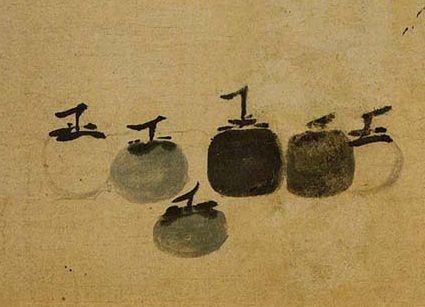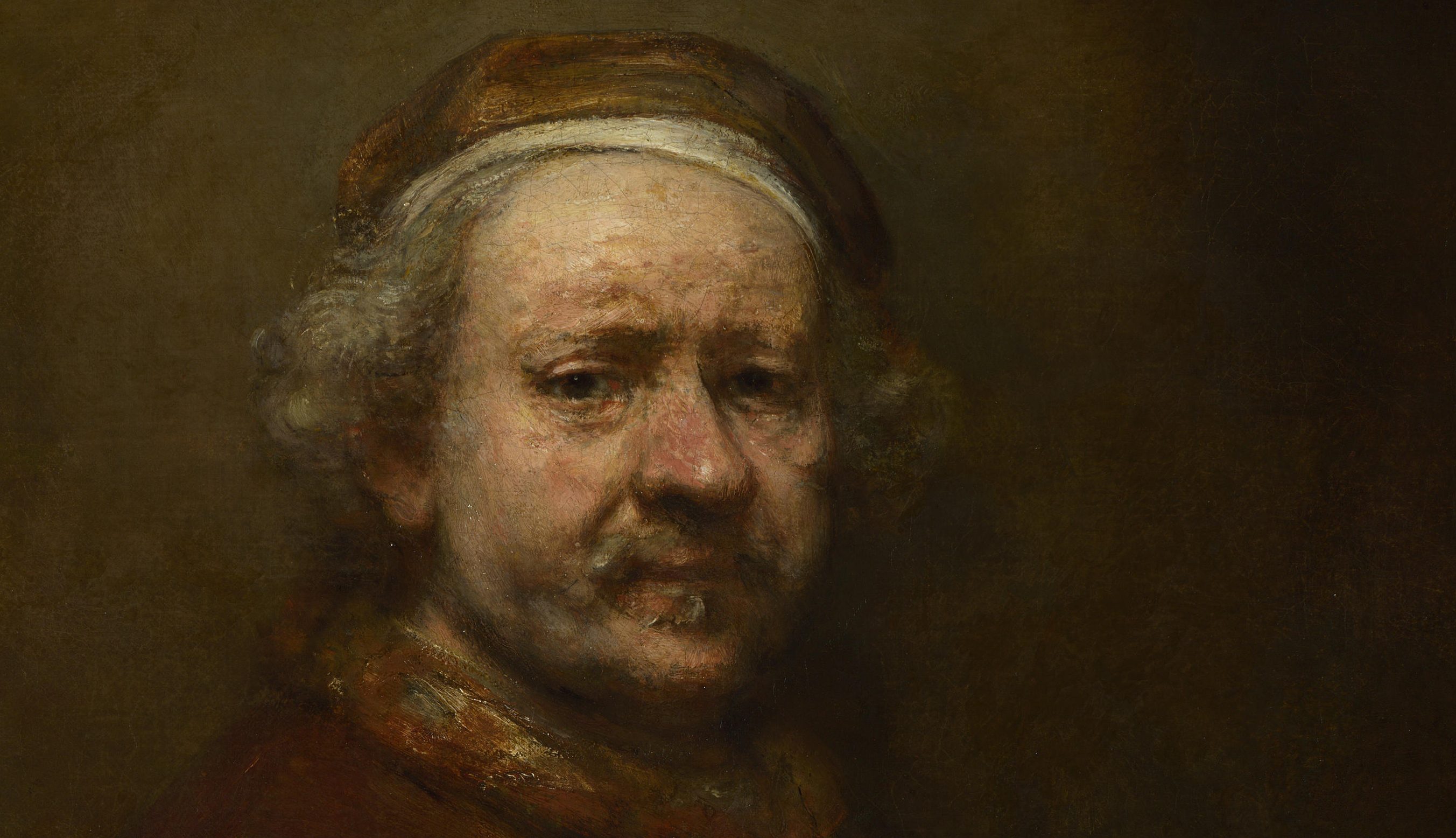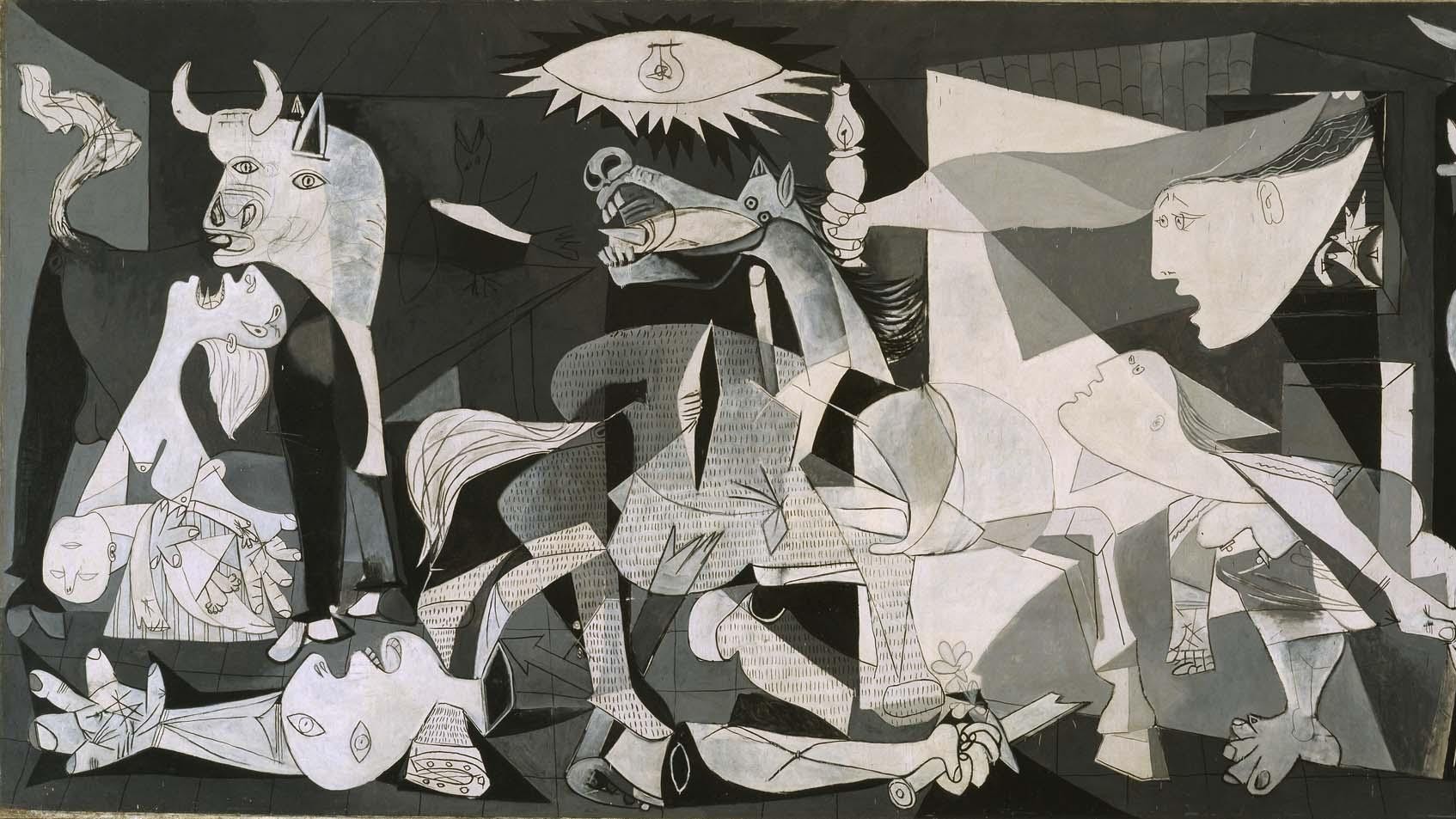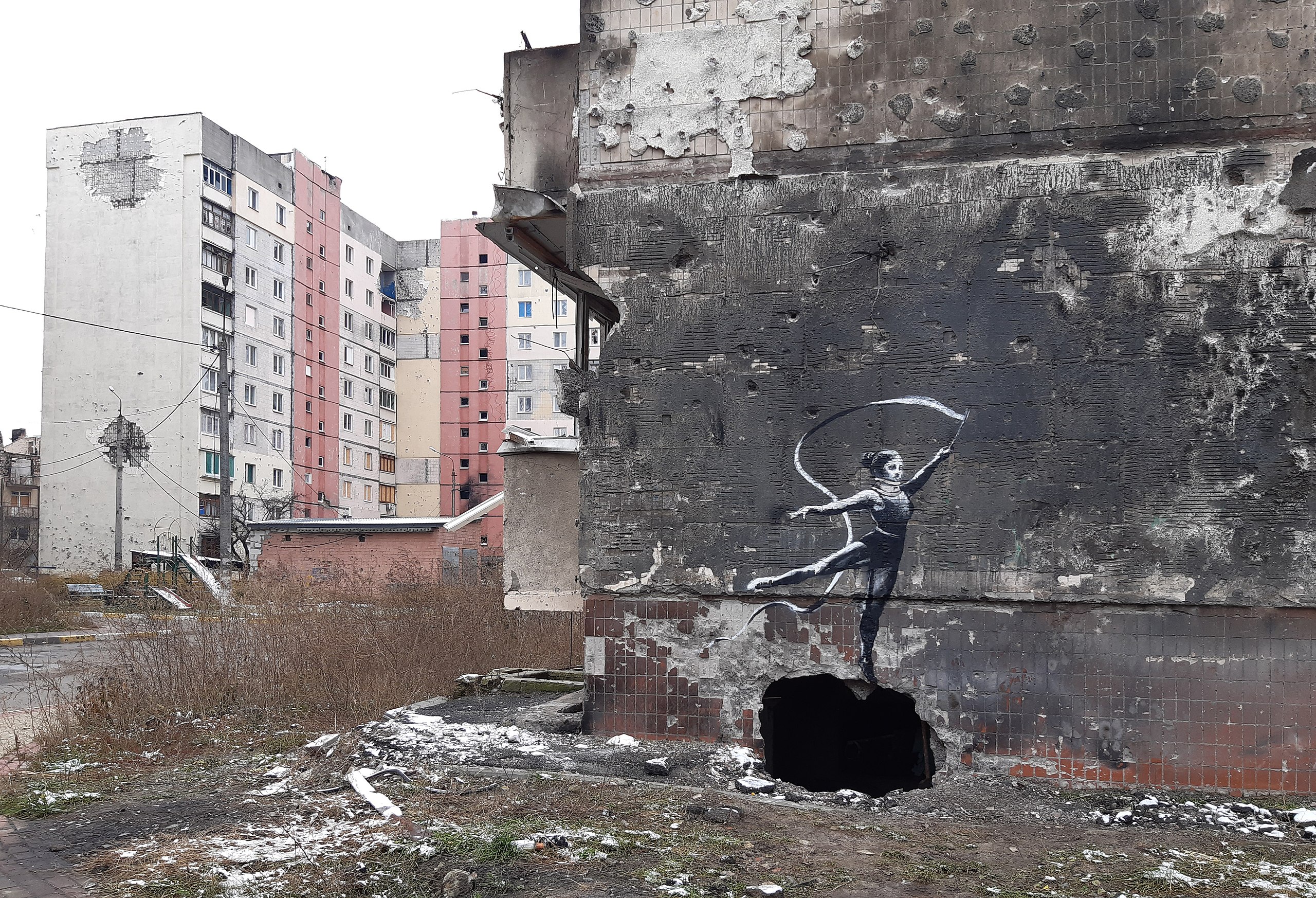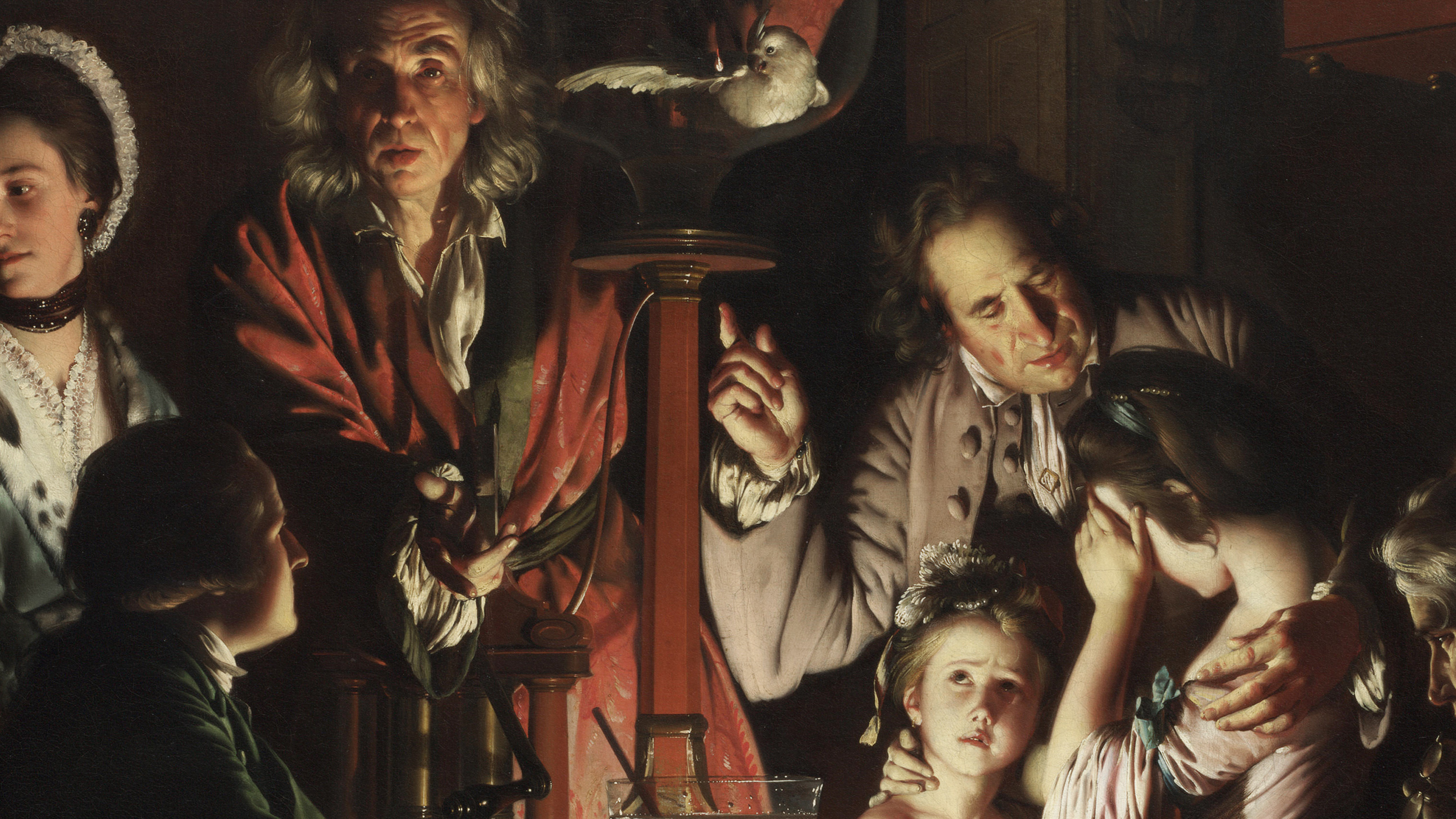A Pulitzer Prize-winning critic dispels common myths about Dutch Golden Age art

- Benjamin Moser moved to the Netherlands in 2002, falling in love with 17th-century Dutch art.
- His new book, The Upside-Down World: Meetings with the Dutch Masters, challenges popular notions about Golden Age paintings.
- Far from accurately portraying Dutch society past or present, the Dutch masters speak to our shared humanity.
In 2023, the Rijksmuseum in Amsterdam launched the biggest exhibit in its 200-year history. Simply titled “Vermeer,” it brought together 28 of the 37 known works by the renowned 17th-century artist Johannes Vermeer, known for iconic paintings like The Milkmaid and Girl With the Pearl Earring, both of which were included.
The exhibit, which drew in a record-breaking 650,000 visitors during the first month alone, was guaranteed to become a financial success. Vermeer is one of the most famous painters of all time, a status resting not just on his style — serene depictions of Dutch Golden Age citizens inside their spacious, richly decorated households — but also his tragic backstory. His short life confined to the six or so street corners that made up the humble town of Delft, Vermeer died broke and forgotten. Sidelined by contemporary but arguably inferior artists, many of his paintings — he is thought to have made at least 60 — were lost to time, with the remaining 37 ending up in different museums in different countries, where they remained until their 2023 reunion.
The hysteria surrounding the Rijksmuseum exhibit is a testament to the enduring popularity of Golden Age art, both inside and outside the Netherlands. Asked about the reasons for this enduring popularity in the Western world, specifically the U.S., Benjamin Moser, a Pulitzer Prize-winning writer and author of The Upside-Down World: Meetings with the Dutch Masters, considers their obviously innate quality, as well as their place within the history of American nation building.
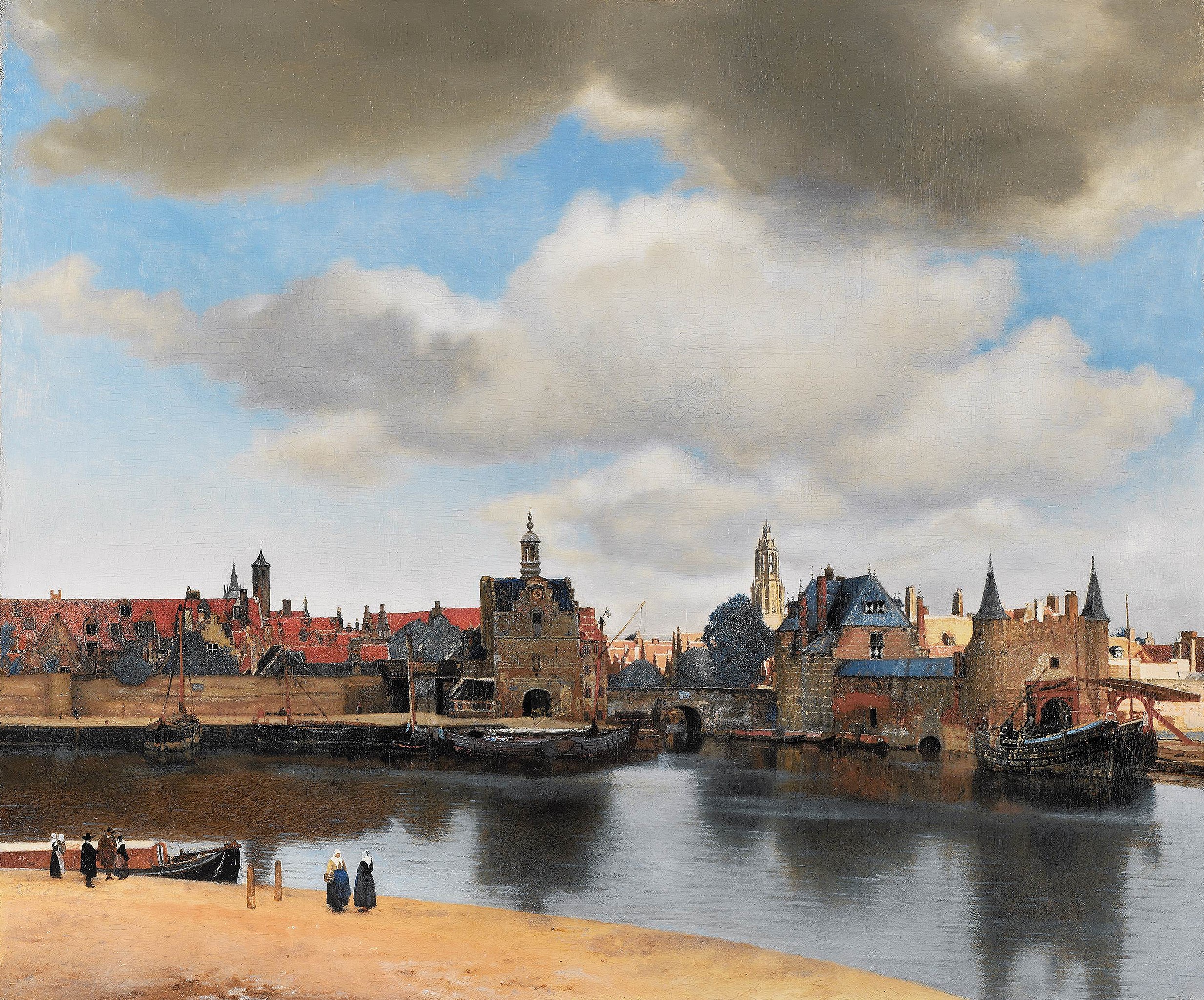
“The U.S. has multiple origin stories,” he explains over Zoom. “The one that I was taught growing up in Texas was the story of the New England Pilgrims and the colonies they founded. But there’s another origin story, that of New York, which was originally called New Amsterdam. During periods of anti-British sentiment in America, of which there have been many, people turned to the Netherlands, and the fact that the biggest, most influential city in the country was of Dutch origin. As such, there was an impetus to see and collect Golden Age paintings as an expression of patriotic sentiment.”
Sharing in this fascination, Moser immigrated to the Netherlands in 2002 and never left. Speaking from his home away from home — a big-windowed 17th-century house in the city of Utrecht, the kind you could find in a Vermeer — he discusses the trials and tribulations of the move. Struggling to understand Dutch culture, which is far more alien to him than the nation builders let on, he visited the country’s many museums in search of answers. Although the old masters on display didn’t teach him all that much about their 21st-century descendants, they did help him dispel some lasting misconceptions about their life and work.
Dutch art is not as “realistic” as it appears
The Dutch are notorious for their unapologetic directness, a quality some critics have projected onto their most cherished paintings. In her seminal 1983 text, The Art of Describing, Svetlana Alpers argued Golden Age art was, first and foremost, descriptive. Where other cultures from the time produced art that told a story or communicated a message, the Dutch preferred scenes from ordinary, everyday life: families at the dinner table, soldiers patrolling the city, a woman pouring milk into her jug — images that, even if they do possess a deeper meaning, should really be taken at face value.
This interpretation treats Golden Age art as the early modern equivalent of photographs, relatively reliable accounts of what life in the Dutch Republic was really like. It’s an appealing hypothesis, especially for those interested in Dutch history, but it’s not a particularly accurate one.
“It’s one of the tricks the Dutch pull on us,” Moser explains. “Because these paintings show a house or regular people walking down the street, doing relatable things, and do not show an angel or Zeus on top of Mount Olympus or any of those fantastical scenes you’d find in Italy or France, people think it’s reality. They think: ‘Oh, that’s how Holland looked, and that’s how the Dutch looked.’ But the more you look into it, the more you realize that it’s — not fake — but invented, in the way a novel or a song is invented. It’s a human creation.”
Even if Dutch artists shied away from the fantastical, they still saturated their seemingly mundane subjects with disguised symbolism. They filled their paintings with fruit, animals, instruments — objects that, while natural and appropriate for the domestic settings of genre painting, also possess a double meaning which, if grasped, completely alter a work’s overall impression. At a glance, Vermeer’s Woman Holding a Balance appears to be just that: a woman holding a balance, yet the painting hanging in the background, of the Last Judgment, inevitably imbues this private and ambiguous scene with biblical importance.
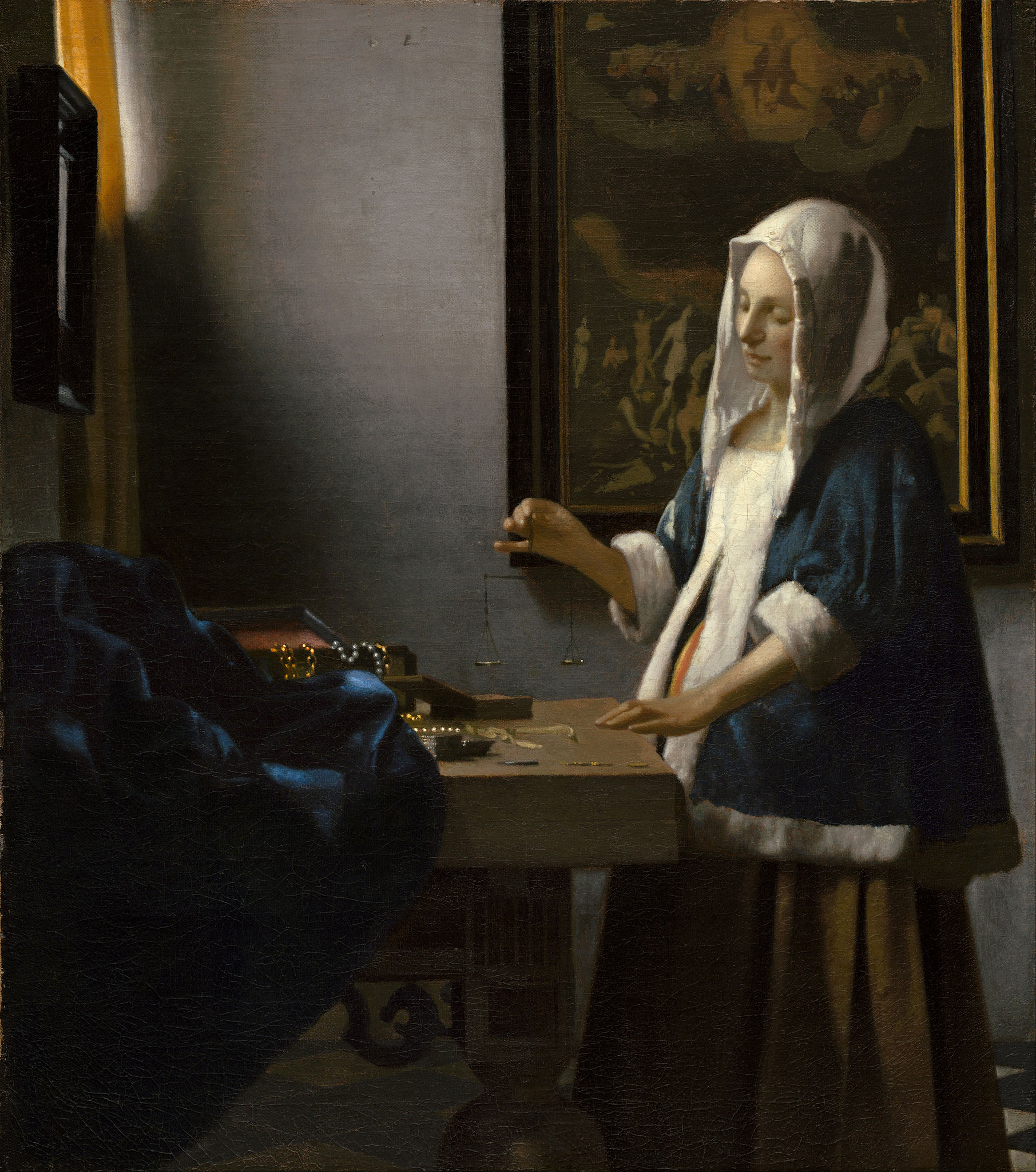
In The Upside-Down World, Moser makes a similar observation about Vermeer’s one-time neighbor, Pieter de Hooch. Visiting a de Hooch exhibit in the U.S., it’s tempting to regard the well-kept, opulent households of his paintings as a convincing depiction of the affluent Dutch Republic. “That,” Moser remembers thinking, “is the place to live.” It wasn’t until he actually moved to the Netherlands, and settled into a historical building of his own, that he began to realize just how artificial the vision of the old masters actually was. As he wrote for The Nation:
“At first [living in the Netherlands] was this fantasy. In later years, the light started to fade. The reality of Dutch life — dreary weather, a bursting in-box, reptilian politicians on television — muscled its way in. It made me forget the silvery light falling through latticed windows onto the blue-and-white ceramics that reminded me of Vermeer. The place became a bit too ordinary, a bit too pedestrian. I remembered Pieter de Hooch.”
Dutch paintings were more than luxury products
Every critic looks at Golden Age art from a different perspective. For a long time, leading scholars examined the evolution of Dutch art in relation to the politics and economics of the Dutch Republic. Artists’ interest in public life was explained by their country’s rejection of monarchy, as well as its religious tolerance, while the sheer size of the Dutch art market was linked to the rise of a middle class obsessed with wealth and status. Golden Age paintings, in short, were paintings of luxury, as well as luxuries in and of themselves.
Although the prosperity of the Republic undoubtedly had an impact on art history, this kind of materialist interpretation diminishes the significance of other, equally important factors, including the artist’s authorial intent. Moser’s book devotes much of its length to artist biographies, to the unique and at times terrible experiences that may have guided their brushwork. Also of interest to Moser is geography: the immediate environment in which artists lived and worked. The tranquility and serenity that characterize Vermeer’s art mirror the small scale of his native Delft. With Rembrandt, who spent most of his adult life in Amsterdam, it’s the opposite. Moser explains:
“Rembrandt’s Amsterdam was a Big Apple, a place of immigrants, bankers, and artists. It was a dynamic, ambitious place. On the top of the Royal Palace Amsterdam, a humongous building, is a statue of Atlas holding up the world: an aggressive statement of Amsterdam as the center of the Earth. That sentiment you also see in Rembrandt, someone who had an incredible hunger for fame and achievement.”

Dutch art as a study of humanity
If the art of the Golden Age reflected the culture of the Dutch Republic, it no longer serves as an accurate representation of the society that has taken its place today. Indeed, the Netherlands Moser encountered at the turn of the Millennium was completely different from the one that has been preserved in museums. While still a wealthy and powerful nation, the ambition of the Republic has long given way to complacency, even a certain kind of narrow-mindedness. Though still highly diverse and multicultural, its historical tolerance and openness have been swept aside by new waves of xenophobia.
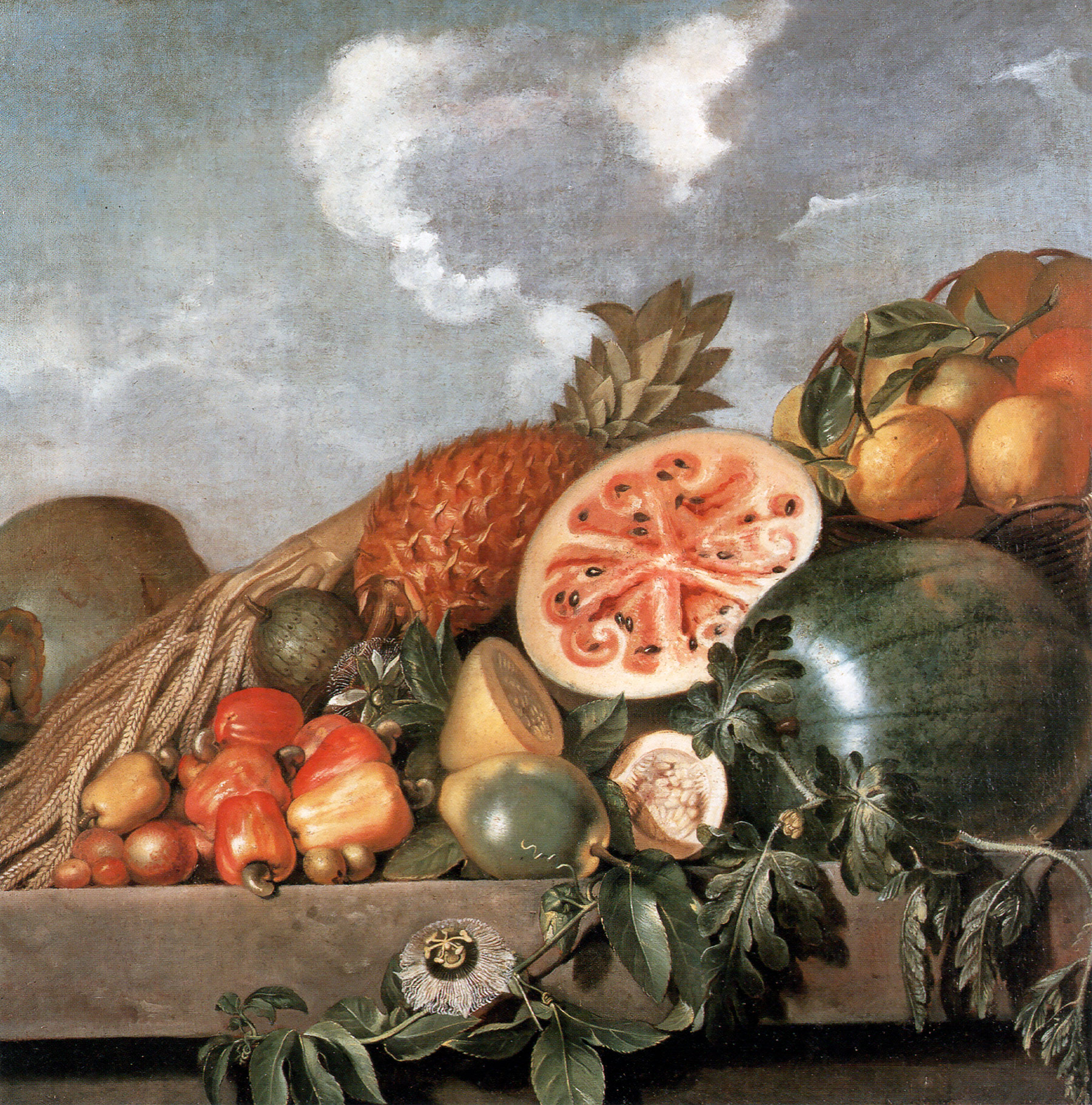
Moser has accepted his fate as an outsider. “I was much happier when I stopped trying to assimilate,” Moser admits. “I’m not from here, I’m never going to be from here, it’s not my language, not my people.” So the Pulitzer-prize winner does not look at the old masters in the hope of better understanding his contemporary Dutch neighbors. Instead, his Upside-Down World reads as an attempt to isolate Golden Age art from culture, to identify aspects of the old masters that transcend national boundaries and speak to our shared humanity.
Golden Age art, Moser concludes, is about “how to live, how to look at stuff, how to get up in the morning and live in a world with so much hatred and anger and beauty.”
